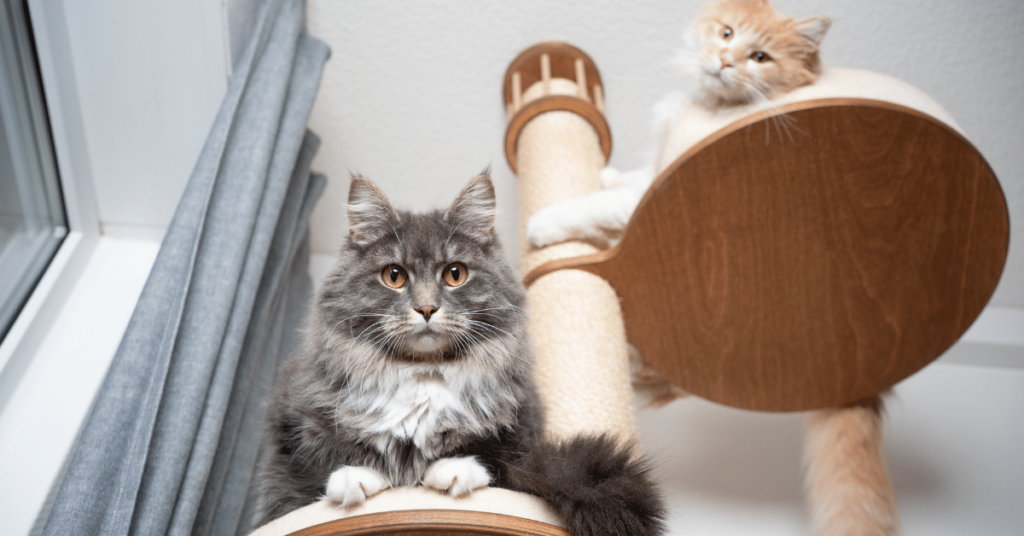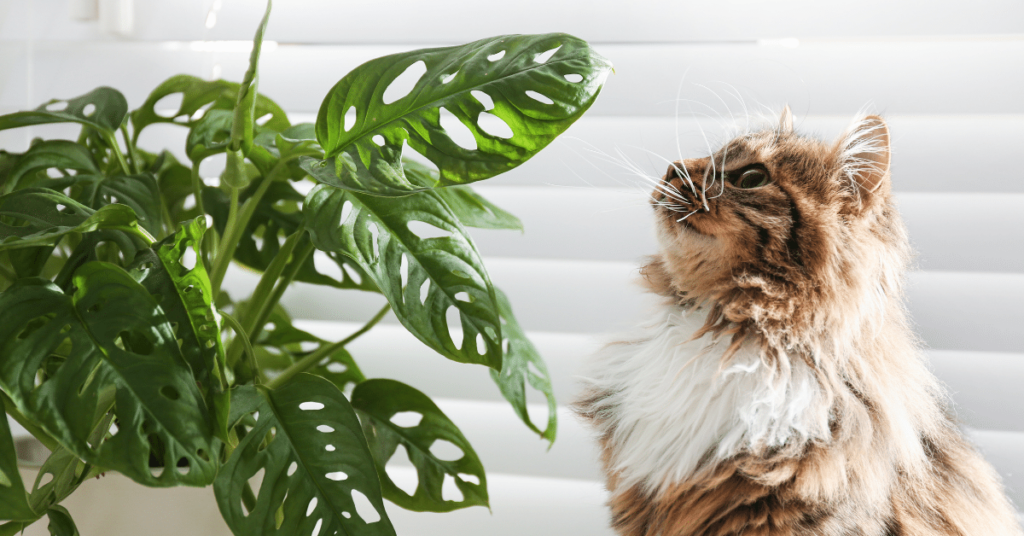Cats are wonderful companions, but if you’re a cat owner, you’ve likely encountered the age-old problem of cat scratching. While it’s a natural behavior for cats, it can be frustrating when your furry friend decides to use your furniture as their personal scratching post. In this guide, we’ll explore effective cat scratching solutions that will help you redirect your cat’s behavior and protect your beloved furniture.
Understanding Why Cats Scratch
Before we delve into solutions, it’s important to understand why cats scratch in the first place. Scratching is a normal and instinctual behavior for cats, and it serves several purposes:
- Nail Maintenance: Cats scratch to remove the outer layer of their claws, keeping them sharp and healthy.
- Territorial Marking: Cats have scent glands in their paws, and scratching helps them mark their territory by leaving both a visual and scent marker.
- Stretching and Exercise: Scratching also helps cats stretch their muscles and get some exercise.
- Emotional Outlet: Cats may scratch when they’re stressed, anxious, or excited as a way to relieve tension.
Understanding these reasons is crucial because it informs the strategies we’ll discuss for redirecting their scratching behavior.
Redirecting Your Cat’s Scratching
1. Provide Scratching Posts
One of the most effective ways to redirect your cat’s scratching is to provide them with an appealing alternative. Scratching posts come in various shapes and sizes, and you can choose one that suits your cat’s preferences. Place the scratching post near the furniture your cat usually targets, encouraging them to use it instead.
2. Choose the Right Material
Not all scratching posts are created equal. Cats have individual preferences for the texture of the surface they scratch. Some may prefer sisal rope, while others like cardboard or carpet. Experiment with different materials to see what your cat likes best.
3. Make It Attractive
To entice your cat to use the scratching post, consider adding catnip to it or using toys that dangle from the top. Make it an exciting and appealing option compared to your furniture.
4. Positive Reinforcement
Whenever you catch your cat using the scratching post, praise them and offer treats or affection. Positive reinforcement can go a long way in encouraging the desired behavior.
5. Use Double-Sided Tape
Cats often dislike the sticky texture of double-sided tape. Apply it to the areas of your furniture that your cat targets, and they’ll likely find it unpleasant to scratch there.
Protecting Your Furniture
While redirecting your cat’s scratching behavior is essential, it’s also crucial to protect your furniture from further damage.
1. Use Furniture Protectors
Invest in furniture protectors or slipcovers that are designed to shield your furniture from your cat’s claws. These can be removed and washed when needed, making them a convenient option.
2. Trim Your Cat’s Nails
Regular nail trimming can help reduce the damage caused by your cat’s scratching. Use cat-specific nail clippers and be cautious not to cut too close to the quick. If you’re unsure how to trim your cat’s nails, consult your veterinarian or a professional groomer.
3. Soft Nail Caps
Soft nail caps, such as Soft Paws, are an effective and humane way to protect your furniture. These caps are glued onto your cat’s claws and prevent them from causing any damage while allowing your cat to retract their claws naturally.
4. Anti-Scratch Spray
Anti-scratch sprays are available in pet stores and can deter cats from scratching furniture. These sprays have a scent that cats find unpleasant, making them less likely to scratch the treated areas.
Additional Tips
Here are some additional tips to help you manage your cat’s scratching behavior effectively:
- Regular Playtime: Ensure your cat gets plenty of exercise and playtime. A tired cat is less likely to engage in destructive scratching.
- Create a Safe Space: Designate a specific area or room in your home where your cat can scratch to their heart’s content without damaging furniture. Furnish this space with scratching posts and toys.
- Consult a Professional: If your cat’s scratching behavior is excessive or continues despite your efforts, consult with a veterinarian or a professional animal behaviorist. There may be underlying issues causing the behavior that need to be addressed.
- Be Patient: Changing a cat’s behavior takes time and consistency. Be patient with your cat as they adjust to new habits.
Summary
In summary, cat scratching is a natural behavior, and understanding the reasons behind it is key to finding effective solutions. Redirecting your cat’s scratching to designated posts, using positive reinforcement, and protecting your furniture with various methods such as furniture protectors and nail caps can help maintain a harmonious living space with your feline friend. Remember that patience and consistency are essential when implementing these strategies. By taking these steps, you can protect your furniture and ensure a happy and healthy environment for both you and your beloved cat.







